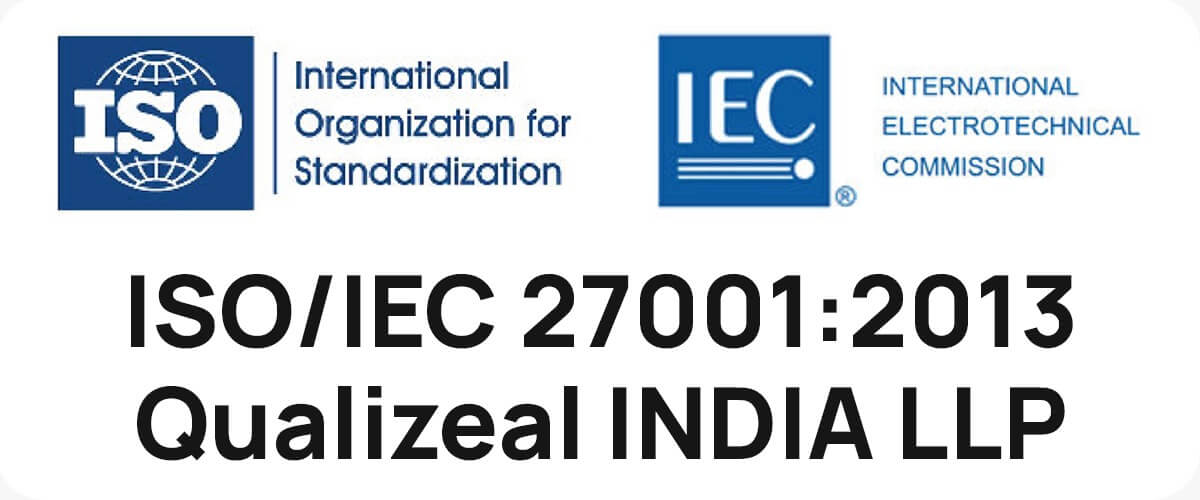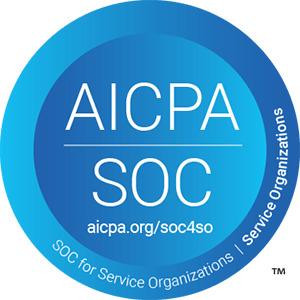Agile approaches have greatly enhanced the world of software development, allowing teams to create high-quality solutions more quickly. According to VersionOne’s report, 95% of firms utilize Agile to simplify their development processes. Furthermore, McKinsey & Company notes that Agile techniques may increase productivity by 20-30% while significantly reducing time-to-market. However, while Agile might speed up delivery, it also needs comprehensive and adaptable testing systems to ensure continual quality.
Agile testing is more than just running tests after development; it is about incorporating quality into every stage of the process. The idea is to tailor your testing strategy to the dynamic and iterative nature of Agile. In this article, we will discuss the top ten best practices for developing and optimizing an Agile testing framework to ensure your team can move quickly without sacrificing quality.

1. Start with Continuous Testing
Quality is always a concern in Agile, and testing needs to be included in all aspects of the development process. Continuous testing is critical because it provides an opportunity for teams to test early, frequently, and thereby identify problems before they become too costly. Continuous testing is distinct from waiting until the end of a sprint because quality is assured at every stage of the development process.
Continuous testing would save as much as 50% of the cost of testing with improvements in the quality of products, according to a Capgemini analysis. Automating critical testing activities within the CI/CD pipeline results in quicker feedback loops and quality releases.
2. Regression Testing Automation
With every new feature release in Agile, regression testing assures that upgrades will not break anything that is currently working. Regression testing is a painful, error-prone process for a human in particular, so automation should be done with the help of technologies like Selenium, JUnit, and TestNG for proper generation of consistent, repeatable test cases.
According to the Forrester report, investing in test automation increases the productivity of testing by a span of 45%. Through regression testing automation, your testing will stay true to the speed of quick development cycles while reducing the chances of errors in production.

3. Collaborate Early and Often with Developers
Effective Agile testing necessitates strong communication between testers and developers from the beginning of the project. This cooperation ensures that both sides agree on the acceptance criteria, user stories, and overall project objectives. Engaging testers early in the development cycle leads to more testable designs and helps prevent faults before code is produced.
Research by IBM reveals that the Agile team which closely collaborates with developers at the primary stages decreases defects by 65%. Early engagement establishes shared responsibility toward quality, which acts as a crucial motivator in Agile settings.
4. Adopt Test-Driven Development (TDD)
The core principle in Agile testing systems is test-driven development. It allows the developers to write tests first. This way, the code is checked at the end of coding whether it meets the stated criteria or not. This method increases the level of test coverage and simultaneously reduces defects and technical debt.
According to Microsoft Research, teams that use TDD have up to 40 percent fewer faults as opposed to those which do not. TDD compels developers to write cleaner, better-maintainable code that understands business requirements and meets user expectations.

5. Incorporate Behavior-Driven Development (BDD)
BDD is pretty much like TDD, except instead of writing tests based on the intention of the system’s behavior, it is taken ahead by using a standard language with which everyone on the team is familiarized. Tools for testing such as Cucumber and SpecFlow empower testers, developers, and even non-technical stakeholders with regards to collaboration on test cases since business goals and user demands could be stated effectively.
According to TechBeacon analysis, teams using BDD reduced the technical-to-business misunderstanding by 30 percent rework. BDD increases collaboration and ensures that the product behaves in such a way that the user expects it to be.
6. Ensure Comprehensive Test Coverage
In Agile, testing must be thorough and ongoing, and high-test coverage is critical. Tools like as JaCoCo and SonarQube may assist in measure test coverage, ensuring that essential areas of the code are well tested. Automate unit tests, integration tests, and acceptance tests to ensure that all levels of the application are covered.
According to a JetBrains Developer Ecosystem Survey, Agile teams with higher test coverage have 30% fewer defects than in the production environment. High priority for test coverage reduces the chances of critical problems being included in the final product.

7. Use Risk-Based Testing
Not all features or components have the same level of risk and commercial effect. In Agile, however, resources are often scarce, and hence it’s possible for the teams to focus testing on critical regions of an application using risk-based testing. From establishment of what regions are high-risk from either their complexity and / or relevance to the user to chance of failure, teams will have ensured these receive the most attention in testing.
According to an analysis of Test Automation Benchmark, the teams that embrace risk-based testing reduce the critical problems in the production by up to 25%. Such a strategic strategy ensures the deployment of testing resources in value-enhancing ways.
8. Leverage Exploratory Testing
Although automation has a great role in Agile, exploratory testing still represents an important discipline. In contrast to scripted testing, exploratory testing allows its practitioners to explore the program imaginatively and find defects that automated tests probably will not detect. Testers can reproduce real-world-user behavior, assess usability, and discover edge cases.
According to Gartner, companies that blend exploratory testing and automation find 30% more significant defects compared to those relying entirely on automation. In Agile, user input and adaptation are of prime importance; here, exploratory testing supplements automated efforts that provide data about usability and possible unknowns.
9. Focus on Clear Acceptance Criteria
In Agile, development is guided by user stories. However, every user story should have defined acceptance criteria to guide development and testing. Well-defined acceptance criteria provide clear knowledge of what one expects out of each feature, thereby reducing uncertainty and miscommunication among the teams.
According to Atlassian, Agile teams that have well-defined acceptance criteria end their sprints 35% faster compared to the teams with vague or ambiguous criteria. If the acceptance criteria are defined clearly, testers can focus on really important issues and ensure that the product meets all expectations of the user.

10. Optimize Your Testing Pipeline with Agile Tools
The most critical part is selecting the right set of testing tools in accordance with your Agile methodology for success. Tools like Jenkins, GitLab CI, Katalon Studio, and TestComplete are amazingly easy to integrate into the Agile workflow, allowing constant feedback through automated testing.
According to TechBeacon, teams that invested in advanced testing technologies delivered their output 50% faster, and it also offers an opportunity to deliver the product with high quality faster. These solutions will speed up the testing procedures and provide real-time insights about the health of the application, which becomes very important in Agile for quick delivery.

How QualiZeal Elevates Your Agile Testing Framework
QualiZeal recognizes the relevance of agile testing frameworks in today’s fast-paced development settings. Our professionals can design and deliver comprehensive Agile testing strategies specific to your needs. Want to deploy continuous testing, enhance test automation, or speed up your testing pipeline with the right technologies? We can get you there.
Our strategy involves implementing best practices like TDD, BDD, and risk-based testing, all while emphasizing cooperation, early feedback, and ongoing development. We leverage our extensive Agile testing knowledge to help you deploy high-quality software quicker, decrease errors, and consistently exceed user expectations.
QualiZeal gives you access to cutting-edge technologies and processes that keep your testing process as nimble as your development cycle. Are you ready to transform your Agile test practices? Contact us at qzinfo@qualizeal.com and we will help you implement a test framework that meets the expectations of today’s agile world.












